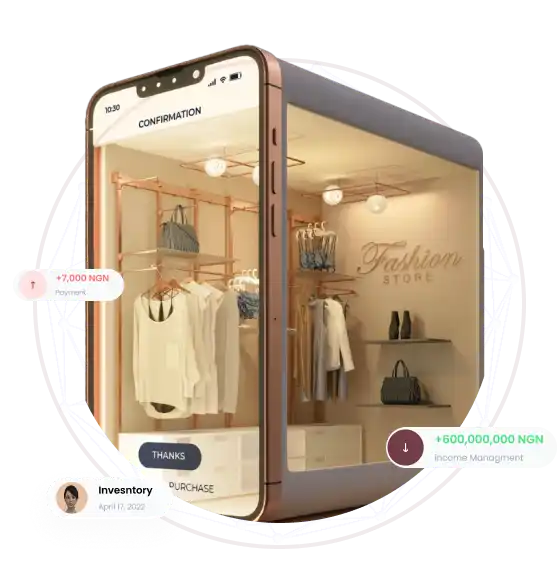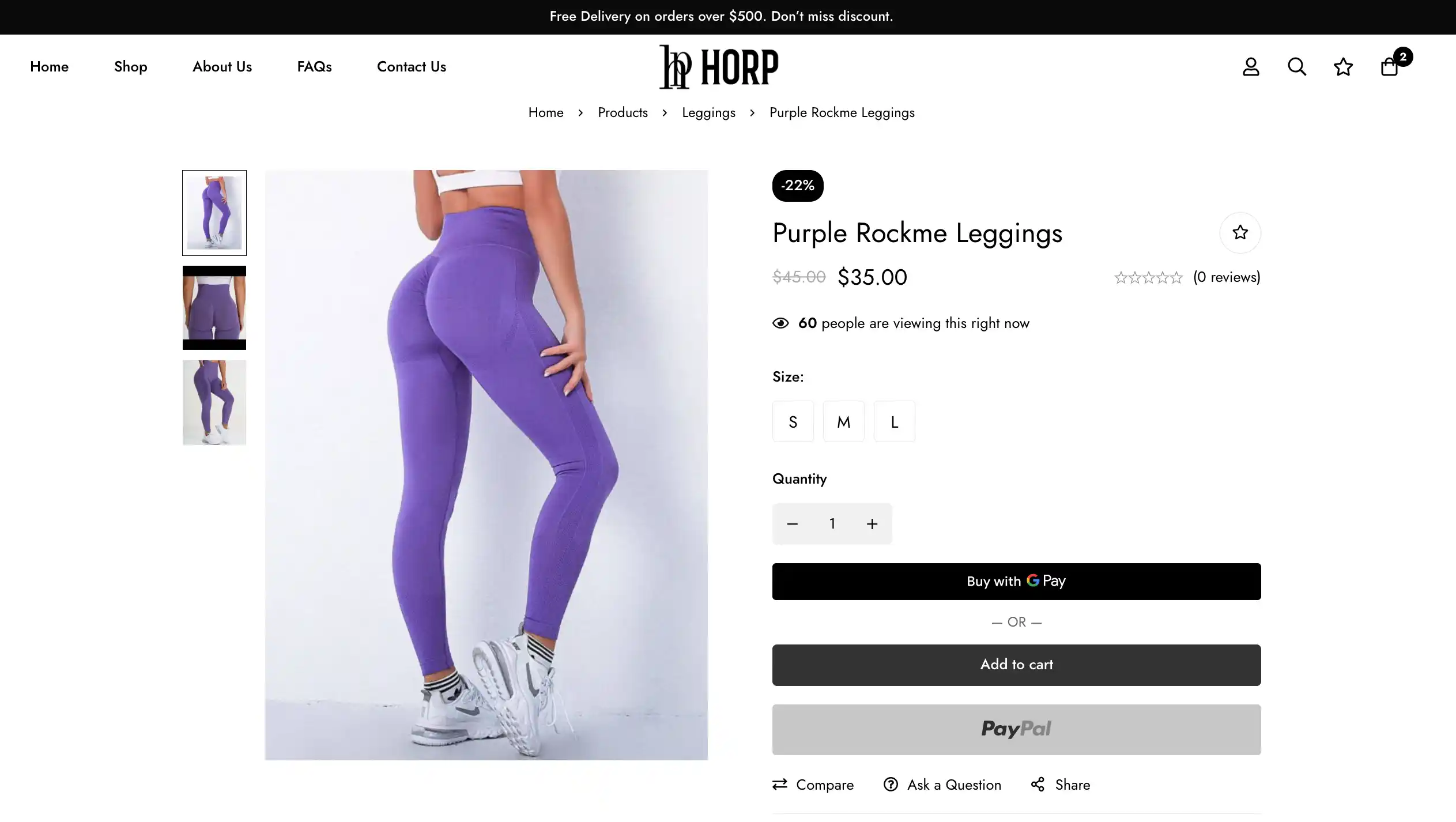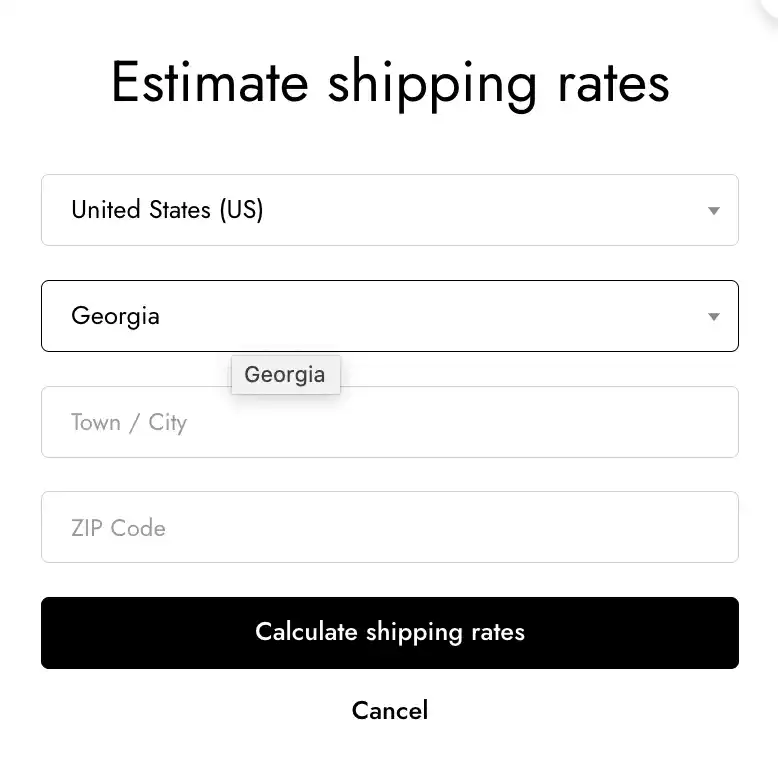Lagos, Nigeria
+234) 7036723420
hello@dpx.com.ng
- Home
- About Us
- Services
- Contact
- Blog
- More
- Digital Services provider Nigeria
- Best Web Design Nigeria
- Leading Website Designer Nigeria
- BEST WEBSITE DEVELOPERS
- Cheap website design in Nigeria For SME’s
- Email And Phone Number Database
- Professional UI/UX Design in Lagos, Nigeria
- Search Engine Marketing Service: Boost Your Online Visibility
- Web Design Packages
- WEB DESIGN PORTFOLIO
- Web Designer Salary Calculator
- Web Maintenance Service
- website design company in lagos
- Why DPX Digital Network is the Best Custom Web Design Agency in Nigeria





